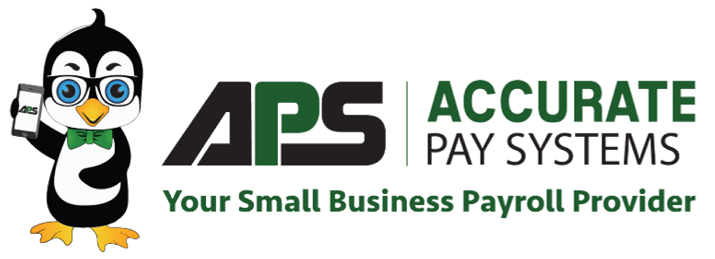Call Us Today! (844) 927-7462
News/Blog
Check Out Our News/Blog!
By Carla Marsh
•
November 27, 2024
QUESTION: We’ve decided to bring employees back into the office a few days each week and change our remote work policies. Some employees have been grumbling about this change. What should we do?
By Carla Marsh
•
November 22, 2024
Federal: NLRB Prohibits Captive Audience Meetings
By Carla Marsh
•
November 20, 2024
QUESTION: Should we include a pay range in our job postings even though we aren’t required to by law?
By Carla Marsh
•
November 18, 2024
Federal: DOL’s 2024 Exempt Salary Rule Thrown Out
By Carla Marsh
•
November 13, 2024
QUESTION: What should we include in a job description?
By Carla Marsh
•
November 6, 2024
QUESTION: What’s the difference between exempt and nonexempt and how do we know which classification to use?
Phone: (844) 927-7462 | Email: cmarsh@accupayinc.com
Content, including images, displayed on this website is protected by copyright laws. Downloading, republication, retransmission or reproduction of content on this website is strictly prohibited. Terms of Use
| Privacy Policy
